Village of the Week: Stainforth the small hamlet with two waterfalls and some local myths and legends
That would have to be the Yorkshire Dales of course and that is before we even start to talk about the ‘stereotypes’ that locals and visitors unashamedly love about local villages dotted around the sprawling Yorkshire Dales National Park which covers more than 800 square miles of farms, hamlets, rivers, fields, woodland and moorland.
According to the local and dedicated parish council there are around 200 electors in the village of Stainforth - north of Settle and in the Craven district of North Yorkshire.
Advertisement
Hide AdAdvertisement
Hide AdThey occupy around 100 dwellings, which are exactly as you would expect. Grey/brown stone, cottages, period features, slate rooves and puffing chimney stacks, outhouses and yards but no two exactly the same.
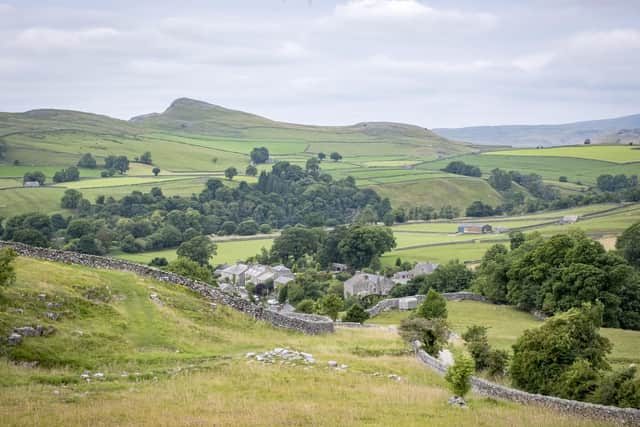

You won’t find a house for sale in the village.
What you will find is Stainforth Beck which runs through the middle of the village, its focal point being stepping-stones which cross it and connect village greens at either side of the beck.
Goat Scar Lane (known to locals as Gooseker Lane says Stainforth Parish Council) goes north of the village towards Catrigg Force Waterfall, which is hidden in a secluded wood.
It has been described as a “magical and mysterious” place and comes at the point where Catrigg Beck suddenly plunges into the wooded gorge of Stainforth Beck.
Advertisement
Hide AdAdvertisement
Hide Ad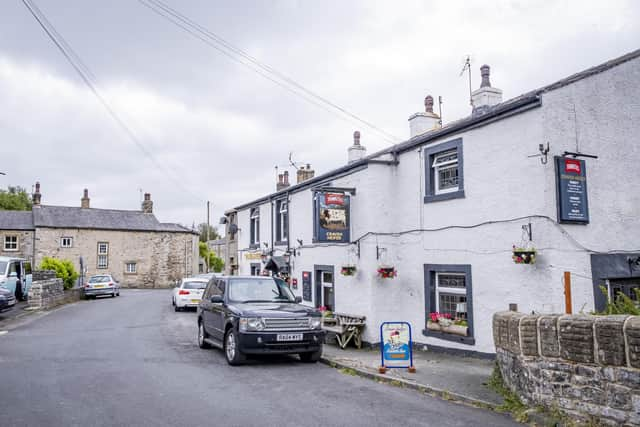

It was also apparently a favourite spot of the composer Edward Elgar.
Less than a mile to the south of Stainforth in the opposite direction is Hoffman kiln, a 19th century oval-shaped limekiln. It is 120m long and is a designated ancient monument.
You will find the pretty St Peter's Church which dates from 1842, the Craven Heifer pub next to the beck and the Village Hall which is home to group and community events and activities. The curiously named Dog Hill Brow path descends to the packhorse Stainforth Bridge and a second waterfall, Stainforth Force.
This and Catrigg were formed by what is called the North Craven Fault, a major tear in the earth's crust, which runs through the village and has led to the development of the two waterfalls. At Catrigg Force, the stream drops some six metres into a narrow rocky gorge while at Stainforth Force the water rolls over cascades and salmon can be seen leaping on their journey up the river.
Advertisement
Hide AdAdvertisement
Hide Ad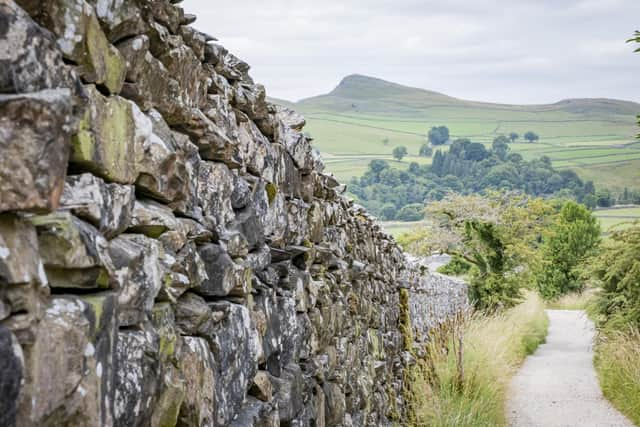

Also here, a former monastic road crosses the Ribble on a bridge built in 1675 by Samuel Watson, owner of Knight Stainforth Hall.
It was handed over to the care of the National Trust in 1931. Nearby there are said to be the remains of a small water mill. In a previous life it was originally a corn mill where villagers in Little Stainforth took their grain to be turned into flour. A cotton mill was built in 1792 but by the 19th century it had closed.
According to the parish council’s informative account, there has been a hall on the site of Knight Stainforth since the Middle Ages but it was built in the form we see today in 1649 by Samuel Watson, a prominent Quaker.
Added to that there was Taitlands, a grand early-Victorian house built for Thomas Redmayne and his family from 1831. It is said that Redmayne wanted the best for his family and was keen to be seen as of a higher class than most local people.
Advertisement
Hide AdAdvertisement
Hide Ad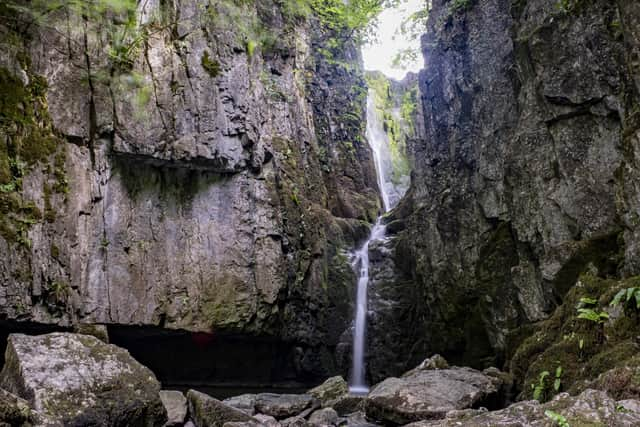

So with that, in addition to the house, he built a carriage house and stable block, installed a large walled kitchen garden, and had a blind fence constructed around the boundary so that his views were not spoiled by a wall.
From 1942 to 2007 Taitlands was a Youth Hostel.
Now, going back to that local myth of a story, the parish council relates the following tale: “Just below the road from Little Stainforth to Giggleswick, near the parish boundary, there is a hollow filled with stones. According to local legend, this is the site of Robin Hood's mill. Robin the miller had been a greedy sort who worked all the hours available, even on Sundays, never resting if there was money to be made. Over time, the weight of his clanking machinery sank further and further into the ground until it completely disappeared from sight. Before it was filled with stones, if you put your ear to the ground, you could still hear the millstones grinding deep below. Was it the sound of Robin's ghost at work?”
Its name derives from the 'stony ford' which linked two settlements half a mile apart on opposite banks of the River Ribble north of Settle. Stainforth, on the eastern side, was formerly owned by Sawley Abbey, whose monks developed the estate which prospered, while Little Stainforth, under private ownership, declined. In 1595 Edward Darcy received from four trustees acting for the previous owner the manor of Stainforth Underbargh and 20 dwelling houses with lands there. He was Groom of the Chamber to Elizabeth I and was knighted eight years later.
Lime burning, quarrying, wool, cotton and flax weaving and dyeing, tanning and tallow production, corn mills (both wind and water) and cotton mills have at one time provided employment in Stainforth.
Advertisement
Hide AdAdvertisement
Hide AdBlacksmiths and farriers, innkeepers, hauliers, paper makers, butchers and greengrocers have also lived and worked here.
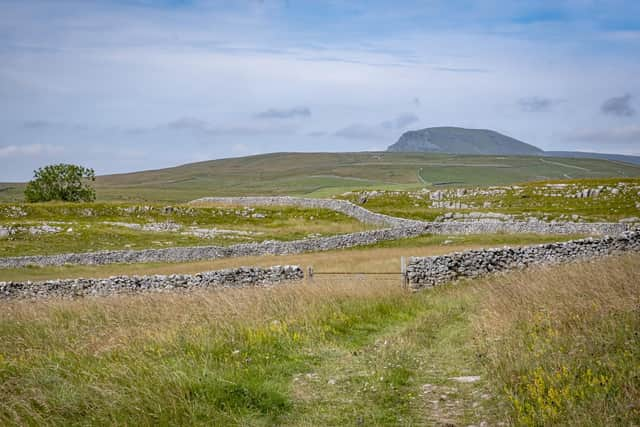

The Craven Heifer pub got its name after a massive shorthorn cow (or heifer) was bred at Bolton Abbey in 1807. It became famous across Yorkshire because of its size and was soon known as the Craven heifer. Several inns were renamed The Craven Heifer as a result. Until then, the pub here had been called The Packhorse.
Today tourism plays an increasing role in the local economy with the caravan site, bunk barn and holiday cottages in the village.
The local school was closed in 1984, as it was deemed too small to be viable or effective, a fate which seems to be the way for many village schools in The Dales. It didn’t go without a fight though from locals who campaigned to save it.
